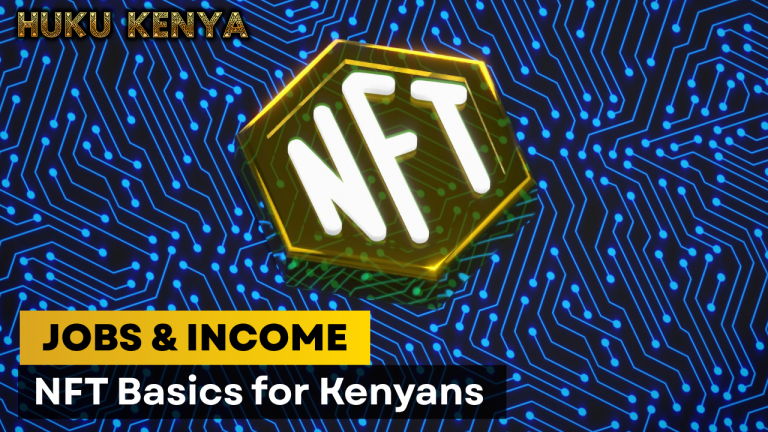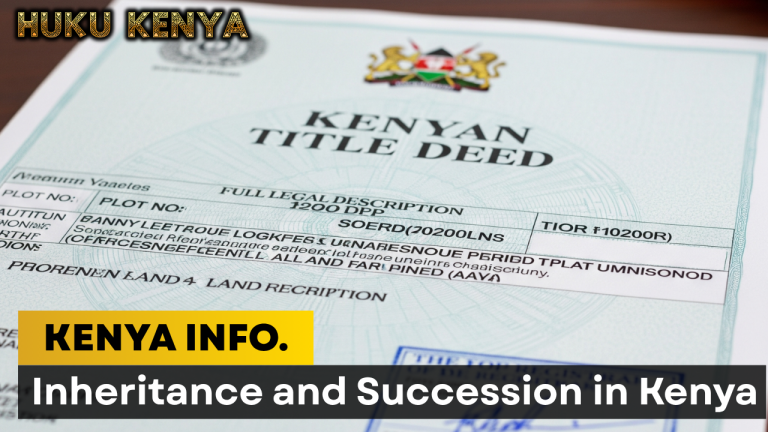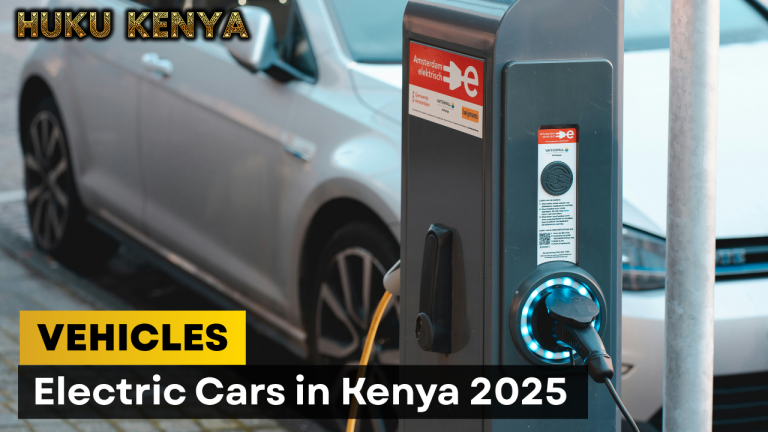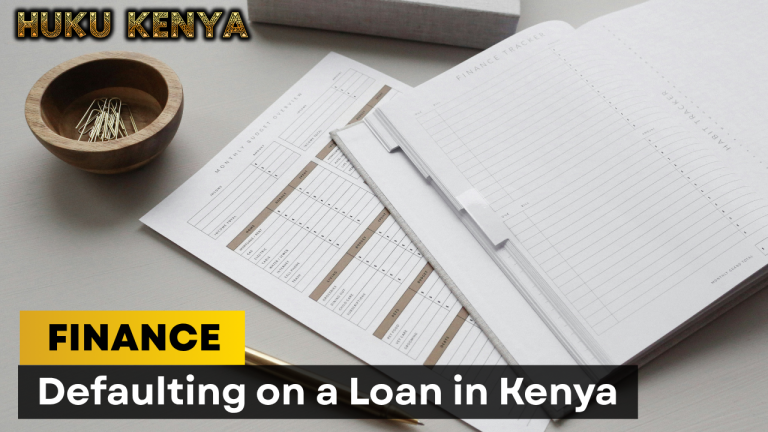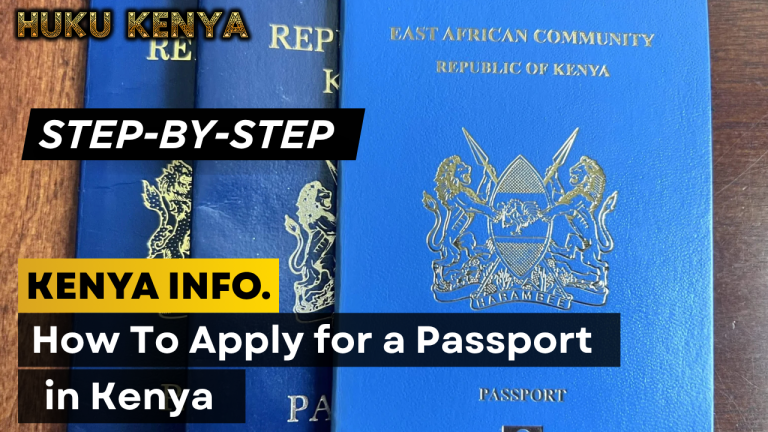
A step-by-step breakdown with legal, pricing, and marketing tips
Selling land in Kenya can be a lucrative move—whether you’re offloading an idle plot, cashing out on an investment, or subdividing family land. But to do it right, you need more than a buyer and a handshake. This guide walks you through the full process, including legal compliance, pricing, marketing, and transfer.
Step 1: Prepare Your Documents
Before listing your land, gather:
- Original title deed (must be valid and registered)
- Land search certificate (from Ardhisasa or Lands Registry)
- Land rent and rate clearance certificates (from Ministry of Lands and County Government)
- Survey map or mutation form (especially for subdivisions)
- Consent to sell (from Land Control Board if agricultural land)
- KRA PIN and ID copy
If the land is inherited, ensure it has been transferred to your name via succession.
Step 2: Value and Price the Land
To set a fair price:
- Hire a registered valuer to assess market value
- Compare similar plots in the area (size, location, zoning)
- Factor in access to roads, water, electricity, and development potential
- Consider offering negotiable pricing or installment options to attract more buyers
Step 3: Market the Land Effectively
Use a mix of online and offline platforms:
- Real estate websites: BuyRentKenya, Property24, Propcart
- Social media: Facebook Marketplace, TikTok, Instagram Reels
- Classifieds: Jiji, Pigiame
- WhatsApp groups: Local investment or chama groups
- Signage: “Land for Sale” boards with contact info
Include:
- High-quality photos (aerial shots if possible)
- Clear description (size, location, amenities, price)
- Keywords like “plots for sale in Kitengela under 1M” for SEO
Step 4: Screen Buyers and Negotiate
- Ask for buyer’s ID, KRA PIN, and proof of funds
- Be cautious of time-wasters or brokers posing as buyers
- Negotiate through a licensed advocate
- Agree on deposit (usually 10%) and payment terms
- Draft a Sale Agreement with your lawyer
Step 5: Apply for Land Control Board (LCB) Consent
Required if:
- The land is agricultural
- Located outside municipalities
- Being sold to a non-family member
Apply at the local LCB office. Cost: KSh 1,000–5,000. Without consent, the sale is void under the Land Control Act.
Step 6: Transfer Ownership
Your lawyer will lodge:
- Original title deed
- Signed transfer forms (Form LTR1)
- Sale agreement
- LCB consent
- KRA PINs and ID copies
- Clearance certificates (land rent and rates)
- Stamp duty receipt (paid by buyer)
The Ministry of Lands will issue a new title deed in the buyer’s name.
Step 7: Receive Final Payment and Handover
- Buyer pays the balance (often via escrow or lawyer’s account)
- You hand over:
- Original title deed
- Receipts and clearance certificates
- Survey maps or beacons
- Confirm the buyer has registered the title on Ardhisasa
Common Mistakes to Avoid
- Selling land before clearing rent or rates
- Using unlicensed brokers or fake lawyers
- Skipping LCB consent
- Accepting full payment before title transfer
- Underpricing due to poor valuation
Final Word: Selling Land Is a Legal Transaction—Treat It Like One
In 2025, Kenya’s land market is more digital, competitive, and regulated than ever. Whether you’re selling a plot in Ruai or a farm in Eldoret, follow the legal steps, price smartly, and work with professionals. A clean sale today protects your legacy tomorrow.


